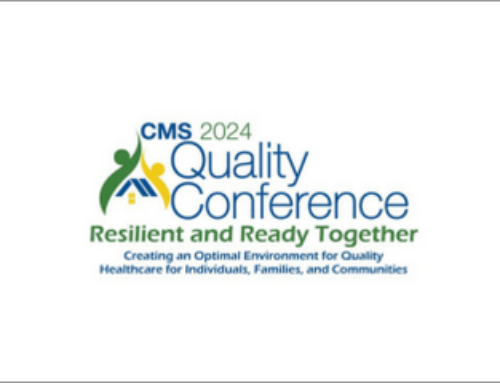After receiving several inquiries from AASM members expressing concern that Blue Shield of California is denying reimbursement for positive airway pressure (PAP) therapy when a device with only one respiratory monitoring belt is used in performing the patient’s diagnostic sleep study, the AASM sent a letter strongly urging Blue Shield of California to modify its current policy.
When reviewing the Medical Management of Obstructive Sleep Apnea Syndrome policy, effective Oct. 1, 2022, AASM staff noted that while Blue Shield of California cited AASM clinical practice guidelines, it omitted pertinent information from the AASM Manual for the Scoring of Sleep and Associated Events. The 2017 Clinical Practice Guideline for Diagnostic Testing for Adult Obstructive Sleep Apnea states, “A technically adequate HSAT device incorporates a minimum of the following sensors: nasal pressure, chest and abdominal respiratory inductance plethysmography, and oximetry; or else PAT with oximetry and actigraphy. For additional information regarding HSAT sensor requirements, refer to The AASM Manual for the Scoring of Sleep and Associated Events.”
While the AASM Scoring Manual recommends dual thoracoabdominal RIP belts, it also includes a list of acceptable technologies that may be used for monitoring respiratory effort, and single thoracoabdominal RIP belts are included. The Scoring Manual also notes, “Only CPT code 95806 requires respiratory effort monitoring. If respiratory effort monitoring is performed, one of these technologies should be used. The use of two belts is preferred; however, one respiratory monitoring belt is acceptable.” Therefore, the AASM letter urged Blue Shield of California to reimburse for PAP therapy when a device with one respiratory monitoring belt is used for diagnosis of OSA.
The AASM health policy team will continue to follow up with Blue Shield of California regarding this issue. Members may send coding and reimbursement questions to coding@aasm.org.









